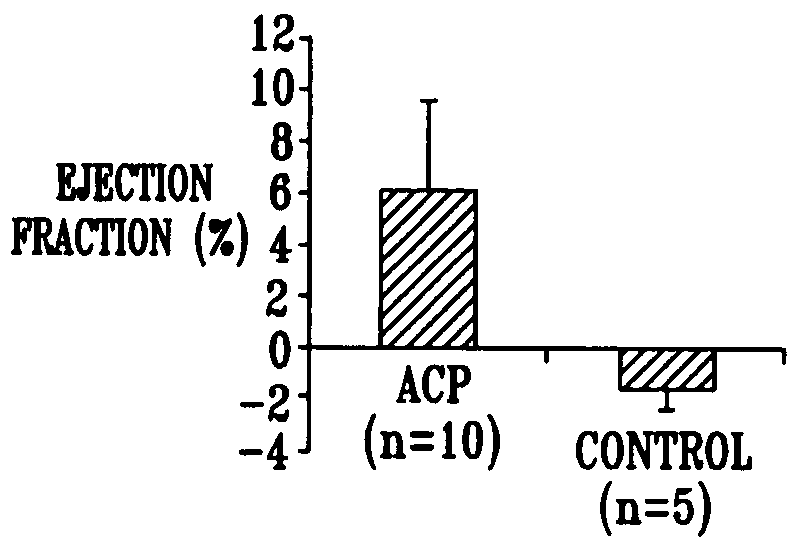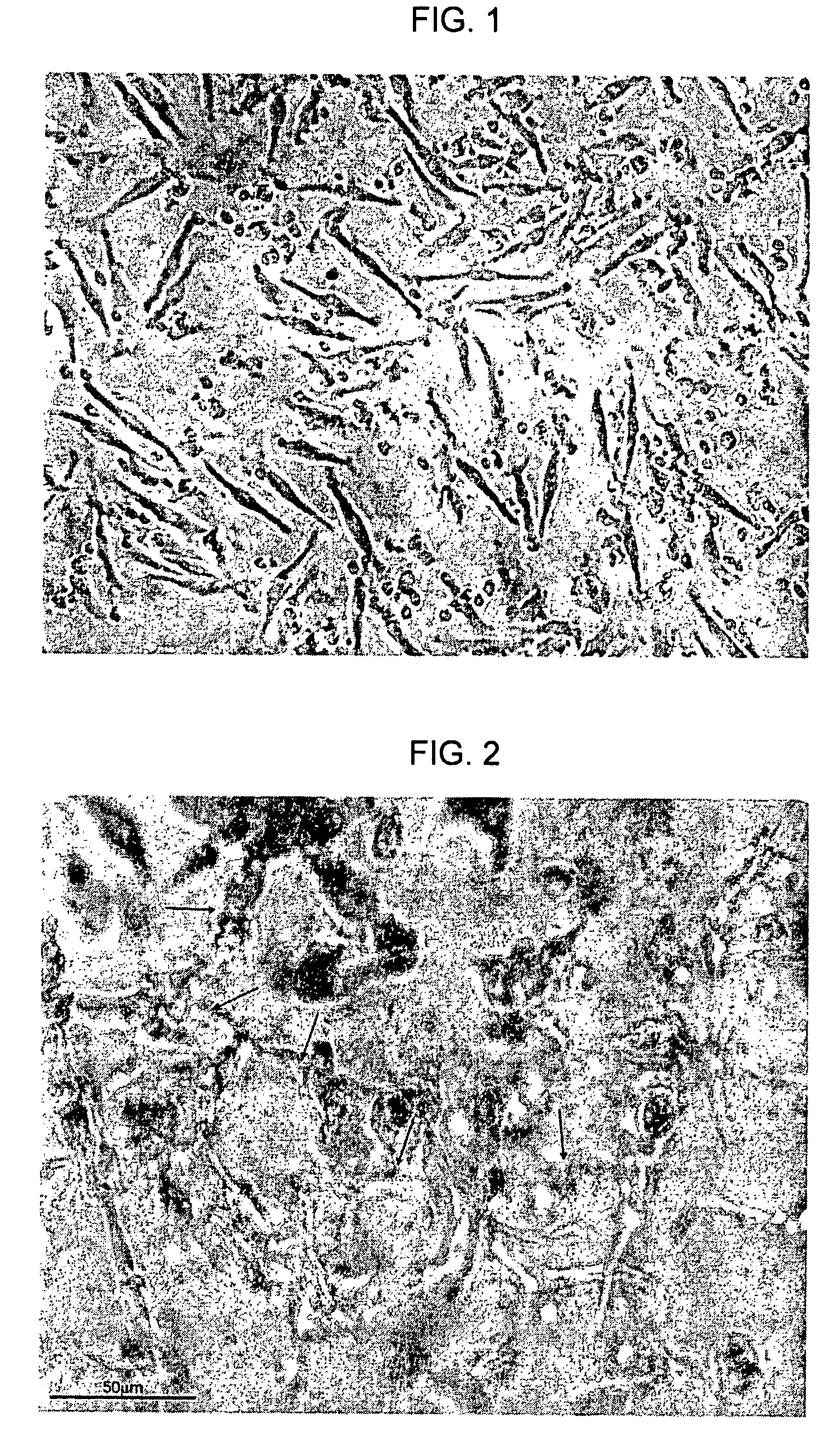Regulating stem cells
- Summary
- Abstract
- Description
- Claims
- Application Information
AI Technical Summary
Benefits of technology
Problems solved by technology
Method used
Image
Examples
example 4
[0315]In the same set of experiments, a human-PBMC-derived CCP was cultured in order to generate an ACP-rich PCP as described in Example 3. Flow-cytometry percentage staining results from ten independent experiments are summarized in Table 3. (Results for CD133, Tie-2, and CD117 were only measured in n=7, 6, and 6, of the experiments.) Table 3 shows the average staining results obtained on day 5 of culturing. Results using such a protocol typically yield a PCP having at least 20% ACPs, typically at least 45% ACPs.
TABLE 3NumberAverageexperimentsonStandard(n)day 5Error% Viability1093.840.63% CD451094.291.46% CD141070.693.56% CD341023.094.98% CD34+CD45− / dim104.191.34CD34+CD14− / dim103.420.73% KDR108.904.49% CD13370.280.18% Tie-2624.8411.46% CD117610.824.60% ACPs in product1049.4311.44
example 5
[0316]In a separate set of experiments, a human-PBMC-derived CCP was cultured in order to generate an ACP-rich PCP as described in Example 3. Secretion levels (pg / ml) of IL-8, VEGF, and angiogenin from four independent experiments are summarized in Table 4. Table 4 shows the average secretion levels obtained from harvested ACP-rich PCP cells that were washed from culture medium and incubated for 24 hours in a serum-free medium.
TABLE 4GroupIL-8 pg / mlVEGF pg / mlAngiogenin pg / mlControl Medium≦20≦20≦20ACP derived10107165615medium
example 6
[0317]In the same set of experiments, a human-PBMC-derived CCP was cultured in order to generate an ACP-rich PCP as described in Example 3. Angiogenic pattern and vascular tube formation of ACP-rich PCP cells was examined microscopically following plating of the cells on an extracellular matrix gel (ECM). Typically, semi-closed and closed polygons of capillaries and complex mesh-like capillary structures were observed and scored (according to a scale published by Kayisli et al. (52) as grade 4-5.
[0318]FIG. 2 is a photograph showing tube formation in an ACPs, produced in the experiments of Example 6, in accordance with an embodiment of the present invention. The figure shows typical mesh-like capillary structures generated from a harvested ACPs, suitable for administration to a human.
PUM
 Login to View More
Login to View More Abstract
Description
Claims
Application Information
 Login to View More
Login to View More - R&D
- Intellectual Property
- Life Sciences
- Materials
- Tech Scout
- Unparalleled Data Quality
- Higher Quality Content
- 60% Fewer Hallucinations
Browse by: Latest US Patents, China's latest patents, Technical Efficacy Thesaurus, Application Domain, Technology Topic, Popular Technical Reports.
© 2025 PatSnap. All rights reserved.Legal|Privacy policy|Modern Slavery Act Transparency Statement|Sitemap|About US| Contact US: help@patsnap.com



